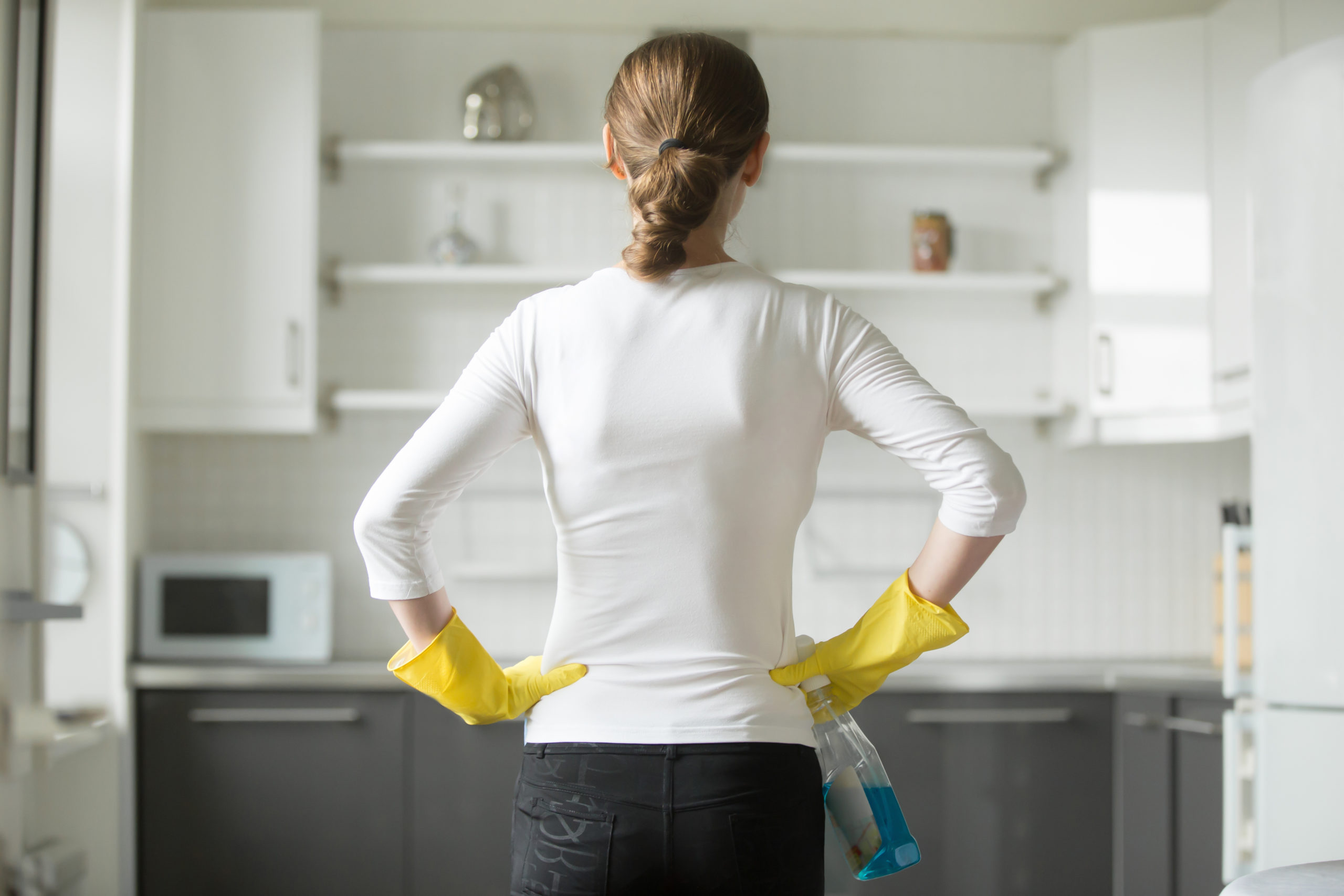Veterinary clinics are essential places where pets and animals receive care and treatment. Maintaining a clean and disinfected environment is critical to ensure the safety of both the animals and the staff. Since veterinary clinics handle a range of cases, from routine check-ups to surgeries, they are at high risk of contamination from bacteria, viruses, and other pathogens. This guide provides practical tips for keeping your clinic sanitized, ensuring a healthy and safe environment for animals.
1️⃣ Importance of Disinfection in Veterinary Clinics
Disinfection in veterinary clinics goes beyond regular cleaning. Animals often carry pathogens that can spread rapidly, not only to other animals but also to humans. Disinfection helps to:
➤ Prevent the spread of zoonotic diseases (diseases that can be transmitted from animals to humans).
➤ Minimize the risk of cross-contamination between different animal patients.
➤ Ensure that surgical environments remain sterile and safe.
➤ Protect the health of staff members working closely with animals.
By implementing regular and thorough disinfection, clinics can provide a safe and hygienic environment, reducing the risk of infections and outbreaks.
2️⃣ Key Areas to Focus on in a Veterinary Clinic
Some areas in a veterinary clinic require more attention than others due to their high exposure to pathogens. These are typically high-touch surfaces or zones where animals are treated and housed.
High-Priority Areas for Disinfection:
1️⃣ Surgical rooms: Ensuring sterile environments is crucial for any medical procedures.
2️⃣ Waiting rooms and reception: These are high-traffic areas where multiple animals and owners interact.
3️⃣ Treatment rooms: Where animals are examined, treated, and vaccinated.
4️⃣ Kennels and holding areas: These must be thoroughly cleaned to prevent the spread of infections.
5️⃣ Veterinary equipment: All tools and equipment must be disinfected after every use.
Pro Tip: Use hospital-grade disinfectants that are designed to kill a broad spectrum of pathogens while being safe for animals.

3️⃣ Recommended Disinfection Protocols for Veterinary Clinics
Effective disinfection requires a comprehensive protocol that covers all surfaces, tools, and areas in the clinic. This ensures that nothing is missed, and the clinic remains a safe environment for all animals.
Disinfection Protocol:
➤ Daily cleaning: Wipe down all high-touch surfaces such as counters, door handles, and reception desks.
➤ Between-patient cleaning: Disinfect examination tables, equipment, and tools immediately after each use.
➤ Regular deep cleaning: Schedule a thorough deep cleaning of the clinic at least once a week, focusing on floors, walls, and less accessible areas.
➤ Kennel disinfection: Clean and disinfect animal cages and kennels after each use to prevent cross-contamination between patients.
➤ Proper waste disposal: Ensure that all waste, including medical and animal waste, is disposed of in accordance with local health regulations.
4️⃣ Using Ozone for Disinfection in Veterinary Clinics
One effective way to enhance the disinfection process in veterinary clinics is by using ozone technology. Ozone is a powerful natural disinfectant that can effectively eliminate bacteria, viruses, fungi, and odors. It is particularly beneficial for veterinary clinics because it can:
1️⃣ Reach hard-to-clean areas, such as air vents and upholstery.
2️⃣ Neutralize strong animal odors without using harsh chemicals.
3️⃣ Destroy airborne pathogens, improving the overall air quality.
4️⃣ Provide a chemical-free solution, which is safer for animals and staff.
Ozone treatment can be used as an additional measure to ensure a thoroughly disinfected environment. For more information on ozone disinfection or to get a free quote for this service, click here.
5️⃣ Ensuring Safety During Disinfection
While disinfecting a veterinary clinic is crucial, it is equally important to use the right methods and products to avoid harming the animals. Many cleaning agents can be toxic if ingested or inhaled, so always ensure that:
➤ Animal-safe products are used wherever possible.
➤ Animals are removed from the area being disinfected, especially during ozone or chemical treatments.
➤ Ventilation systems are properly maintained to avoid the buildup of harmful fumes.
Staff should always wear protective gear, such as gloves and masks, when handling disinfectants to avoid skin irritation or inhalation of fumes.
6️⃣ Educating Staff and Pet Owners
Disinfection protocols are only as effective as their implementation. Veterinary clinic staff must be trained on the proper disinfection techniques and the importance of maintaining cleanliness. Pet owners should also be educated about how they can contribute to a clean clinic environment by:
1️⃣ Washing their hands before and after handling their pets.
2️⃣ Keeping their pets in good health by regularly cleaning their homes and grooming their animals.
3️⃣ Following clinic protocols for pre-visit hygiene, such as keeping pets in carriers or on leashes.
For more in-depth information on disinfection practices in healthcare settings, you can read these trusted resources:




